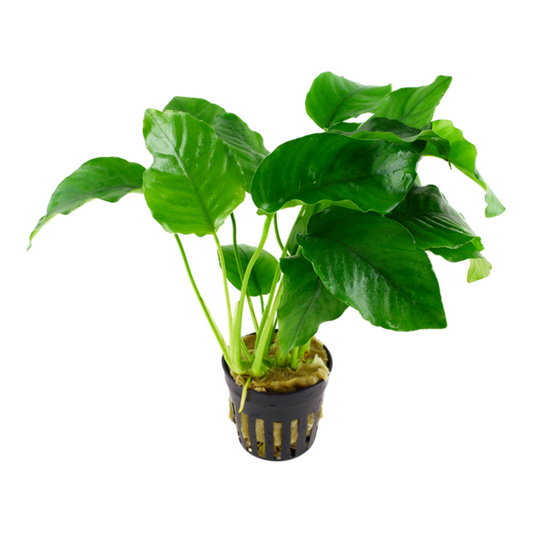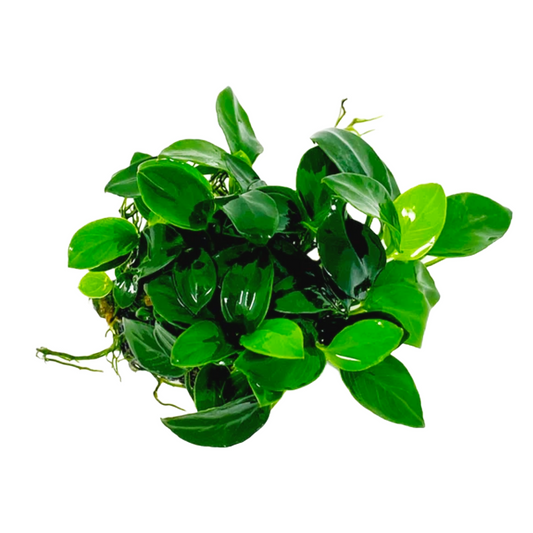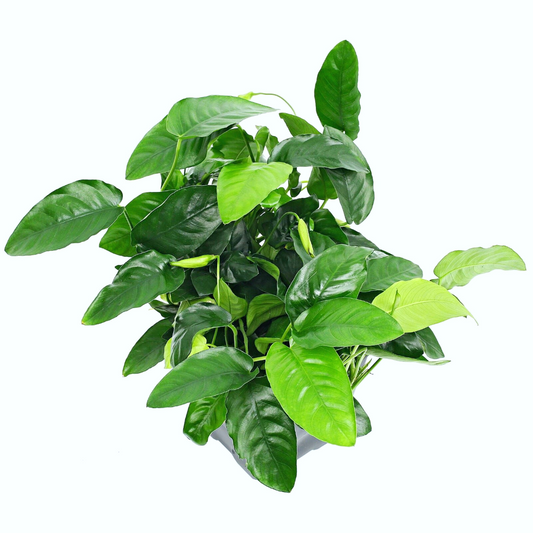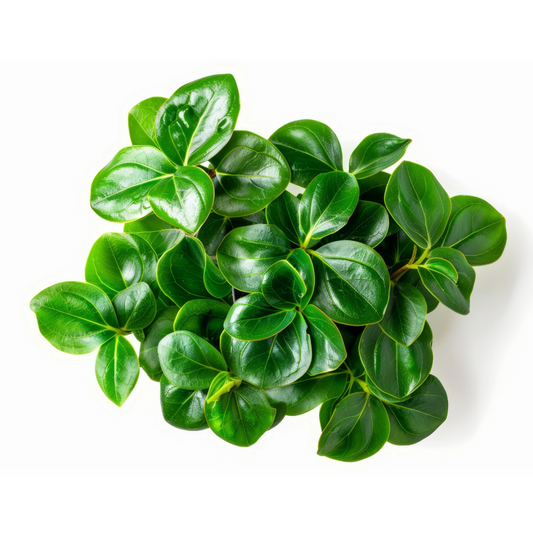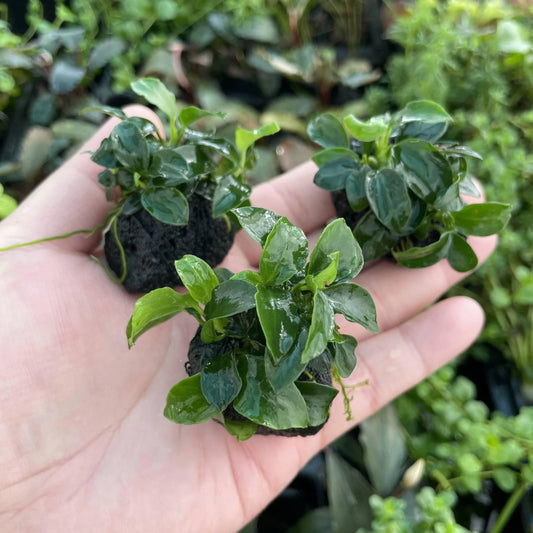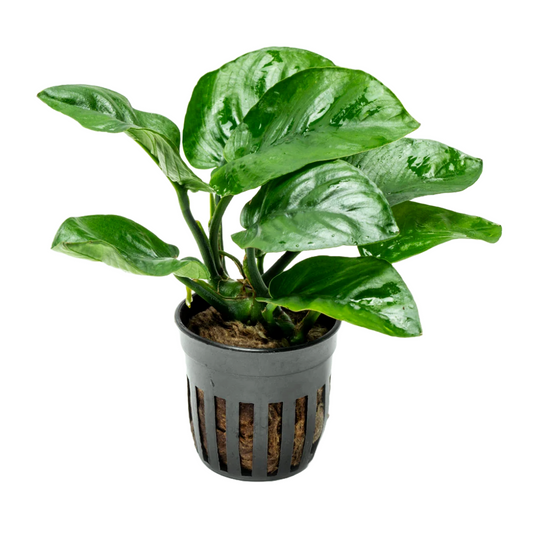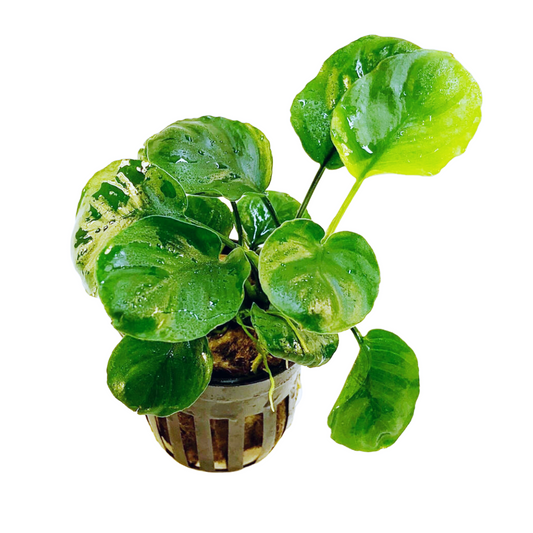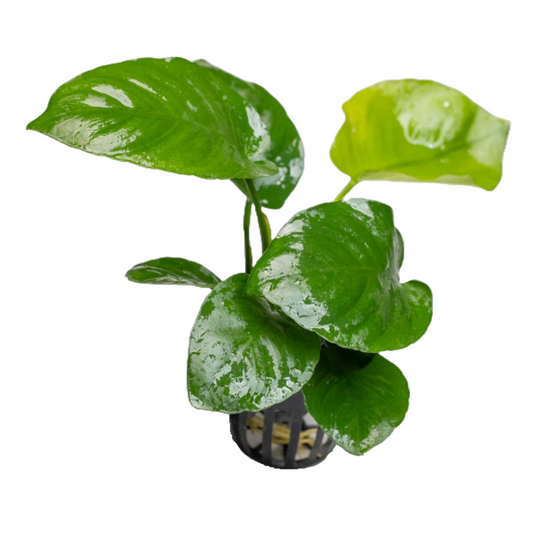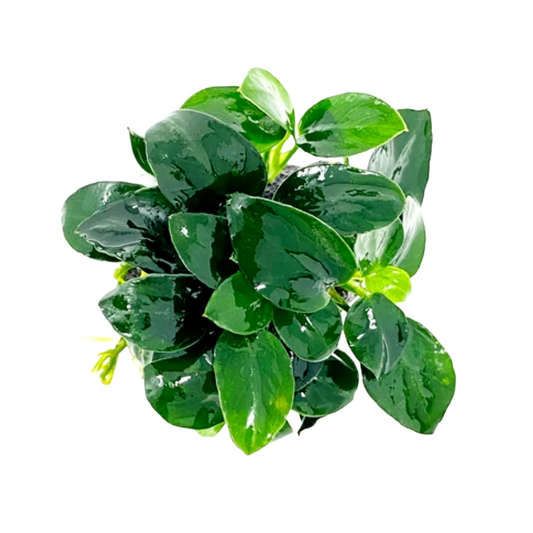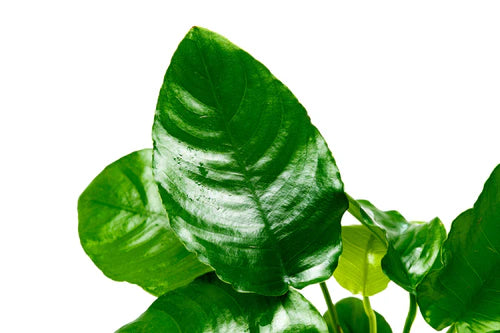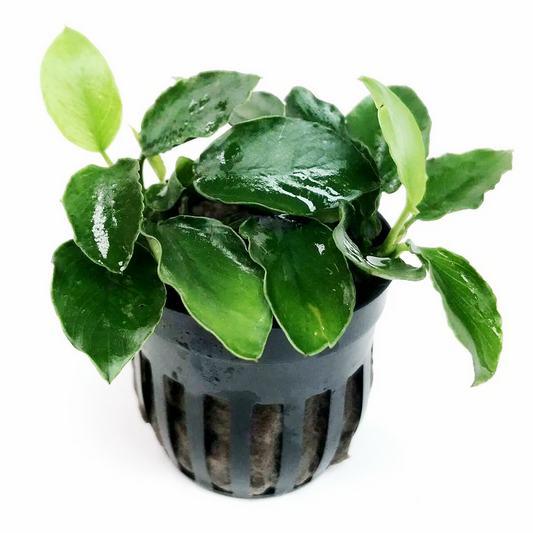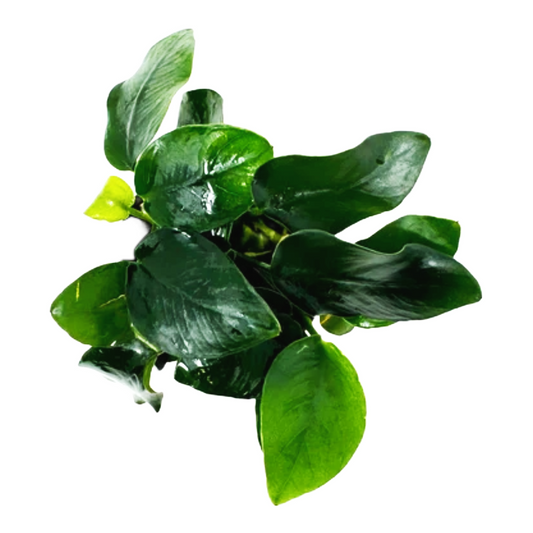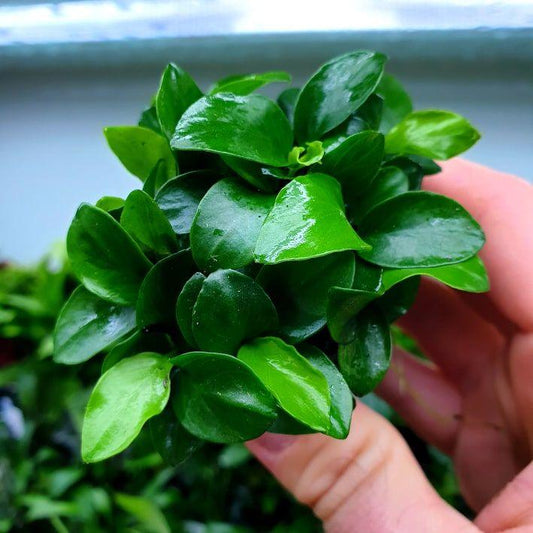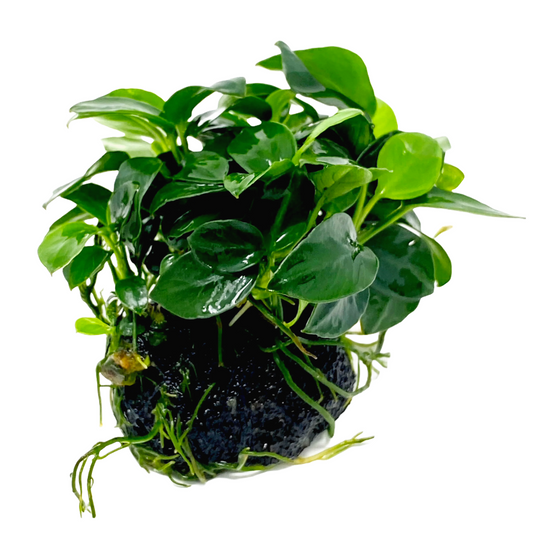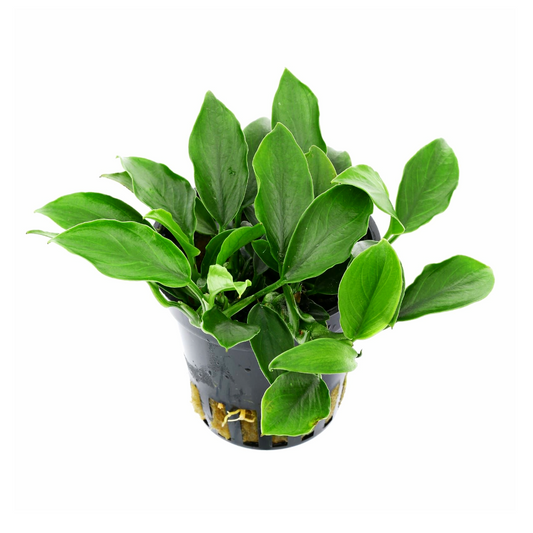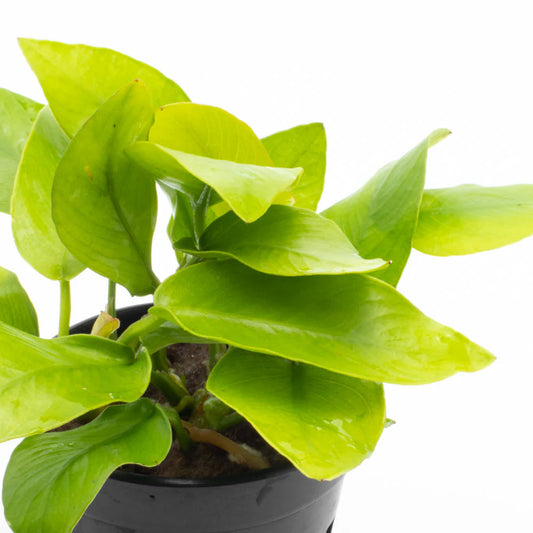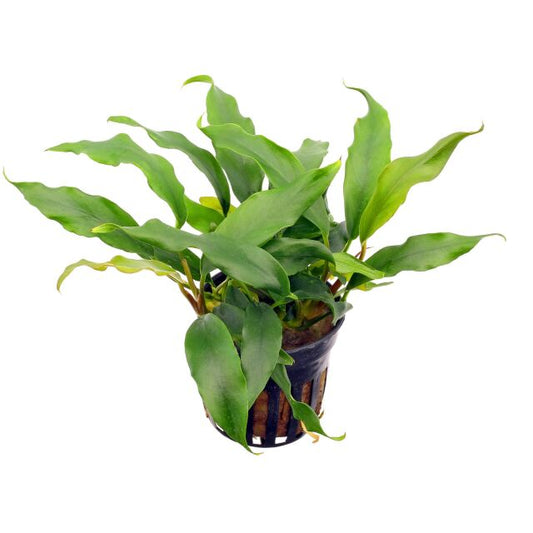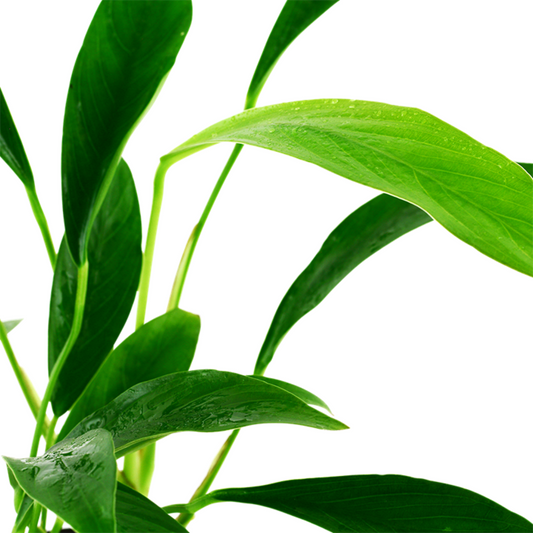Aquatic Anubias Plants
-
Starter Anubias Bundle
Vendor:Tropicflow's Aquatic PlantsRegular price From $79.99 USDRegular priceUnit price per -
Anubias Barteri
Vendor:Tropicflow's Aquatic PlantsRegular price From $14.99 USDRegular priceUnit price per -
Anubias Nana Petite
Vendor:Tropicflow's Aquatic PlantsRegular price From $13.99 USDRegular priceUnit price per -
Anubias Barteri Nana
Vendor:Tropicflow's Aquatic PlantsRegular price From $14.99 USDRegular priceUnit price per -
Anubias Nana
Vendor:Tropicflow's Aquatic PlantsRegular price From $15.99 USDRegular priceUnit price per -
Anubias Nana Petite on Lava Stone
Vendor:Tropicflow's Aquatic PlantsRegular price From $14.99 USDRegular priceUnit price per -
Anubias Barteri Butterfly
Vendor:Tropicflow's Aquatic PlantsRegular price $14.99 USDRegular priceUnit price per -
Anubias Barteri Round Golden Coin
Vendor:Tropicflow's Aquatic PlantsRegular price From $14.99 USDRegular priceUnit price per -
Anubias Barteri Broad Leaf
Vendor:Tropicflow's Aquatic PlantsRegular price $15.99 USDRegular priceUnit price per -
Anubias Barteri Petite Round
Vendor:Tropicflow's Aquatic PlantsRegular price From $19.99 USDRegular priceUnit price per -
Anubias Barteri Wrinkle Leaf
Vendor:Tropicflow's Aquatic PlantsRegular price $19.99 USDRegular priceUnit price per -
Anubias Nana Long Wavy
Vendor:Tropicflow's Aquatic PlantsRegular price $15.99 USDRegular priceUnit price per -
Anubias Nana Thick Leaf
Vendor:Tropicflow's Aquatic PlantsRegular price $12.99 USDRegular priceUnit price per -
Anubias Nana Bonsai
Vendor:Tropicflow's Aquatic PlantsRegular price $15.99 USDRegular priceUnit price per -

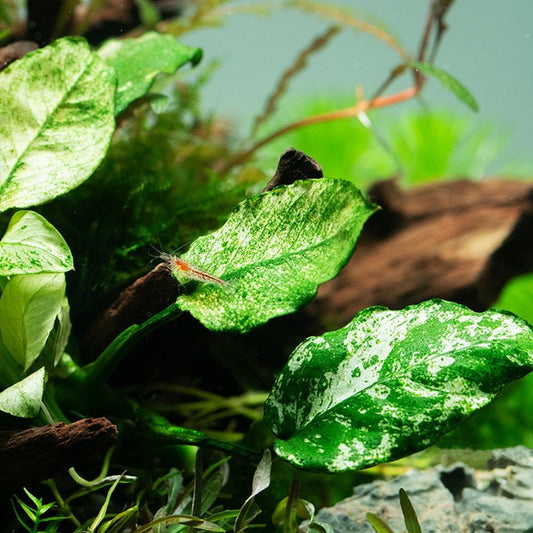 Sold out
Sold outAnubias Nana Pinto
Vendor:Tropicflow's Aquatic PlantsRegular price $49.99 USDRegular priceUnit price per -
Anubias Barteri Petite Round on Lava Stone
Vendor:Tropicflow's Aquatic PlantsRegular price $19.99 USDRegular priceUnit price per -
Anubias Short and Sharp
Vendor:Tropicflow's Aquatic PlantsRegular price $14.99 USDRegular priceUnit price per -
Anubias Nana Tropica
Vendor:Tropicflow's Aquatic PlantsRegular price $12.99 USDRegular priceUnit price per -
Anubias Nana Paxing
Vendor:Tropicflow's Aquatic PlantsRegular price $14.99 USDRegular priceUnit price per -
Anubias Nana Golden
Vendor:Tropicflow's Aquatic PlantsRegular price $14.99 USDRegular priceUnit price per -
Anubias Minima
Vendor:Tropicflow's Aquatic PlantsRegular price $39.99 USDRegular priceUnit price per -

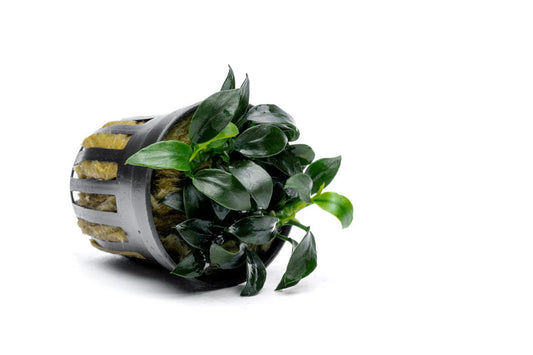 Sold out
Sold outAnubias Jungle
Vendor:Tropicflow's Aquatic PlantsRegular price $39.99 USDRegular priceUnit price per -

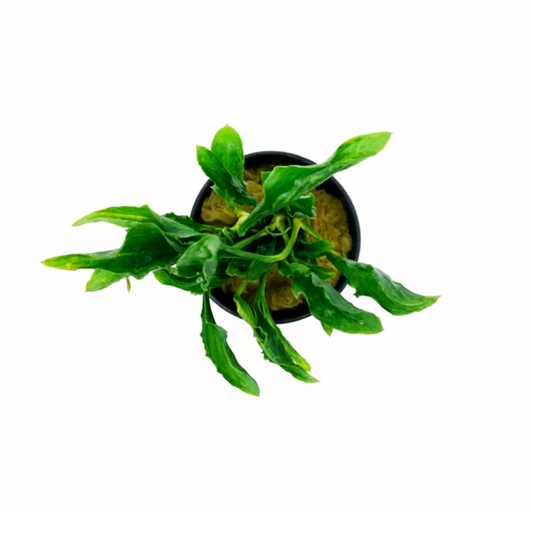 Sold out
Sold outAnubias Heterophylla Supernova
Vendor:Tropicflow's Aquatic PlantsRegular price $17.99 USDRegular priceUnit price per -
Anubias Glabra
Vendor:Tropicflow's Aquatic PlantsRegular price $15.99 USDRegular priceUnit price per
FAQs about the Anubias Plant
Does Anubias Need CO₂?
No, Anubias does not require CO₂ supplementation to grow. It is a low-tech, hardy plant that thrives in aquariums without injected CO₂.
Top 5 Anubias Plants for Betta Fish Tanks?
Anubias plants are ideal for Betta fish as they provide resting spots, improve water quality, and thrive in low-light conditions. Here are the top 5 Anubias species for Betta aquariums:
1. Anubias Nana (Best Overall Choice)
- Compact size, perfect for small Betta tanks.
- Broad, sturdy leaves for Betta fish to rest on.
- Low maintenance and thrives in low light.
2. Anubias Nana ‘Petite’ (Best for Nano Tanks)
- Smaller than Anubias nana, ideal for small tanks.
- Creates a lush, dense aquascape.
- Easily attaches to driftwood or rocks.
3. Anubias Barteri (Best for Mid-Sized Tanks)
- Larger leaves provide hiding spots for Betta fish.
- Hardy and adaptable to various tank conditions.
- Can be attached to rocks, driftwood, or left floating.
4. Anubias Coffeefolia (Best for Unique Leaf Texture)
- Wavy, textured leaves add a natural look.
- Slow-growing but highly resilient.
- Provides shaded areas, reducing Betta stress.
5. Anubias Congensis (Best for Background Plants)
- Taller growth makes it great for background placement.
- Narrow leaves create a natural aquascape.
- Thrives in both low and moderate light.
Top 5 Anubias Plants for Beginners?
Top 5 Anubias Plants for Beginners
Anubias plants are perfect for beginners due to their low maintenance, slow growth, and ability to thrive in low-light conditions. Here are the best Anubias species for beginners:
1. Anubias Nana (Best Overall Choice)
Compact size, great for small and medium tanks.
Hard to kill, even in low-tech setups.
Can be attached to driftwood or rocks without substrate.
2. Anubias Barteri (Best for Versatility)
Larger leaves make it ideal for all tank sizes.
Highly adaptable to different water conditions.
Grows slowly, requiring minimal trimming.
3. Anubias Nana ‘Petite’ (Best for Small Tanks)
A smaller version of Anubias Nana, great for nano tanks.
Creates a dense, lush aquascape with minimal effort.
Easy to attach to driftwood or rocks.
4. Anubias Coffeefolia (Best for Aesthetic Appeal)
Unique wavy leaves give a natural, textured look.
Thrives in low-light and low-maintenance tanks.
Provides shaded areas for fish and shrimp.
5. Anubias Congensis (Best for Background Plants)
Tall, narrow leaves make it perfect for tank backgrounds.
Hardy and resilient, great for first-time plant keepers.
Grows well in both low and moderate light.
Are Anubias Good for Beginners?
Yes, Anubias is one of the best beginner-friendly aquarium plants. It requires minimal maintenance, grows slowly, and thrives in low-light conditions.
How Many Types of Anubias Plants Are There?
There are over 10 recognized species and numerous cultivars of Anubias, each varying in size, leaf shape, and growth habits.
Popular Types of Anubias Plants:
- Anubias barteri – The most common species, with broad, hardy leaves.
- Anubias nana – A smaller variety, ideal for nano tanks.
- Anubias nana ‘Petite’ – A compact form of Anubias nana, great for aquascaping.
- Anubias congensis – Features long, narrow leaves, growing taller than other varieties.
- Anubias coffeefolia – Recognized for its textured, coffee-like leaves.
- Anubias gracilis – Has pointed, triangular leaves and a unique appearance.
- Anubias gigantea – One of the largest species, suitable for big aquariums.
- Anubias afzelii – Displays long, lance-shaped leaves.
- Anubias heterophylla – Grows tall with elongated leaves, great for backgrounds.
- Anubias frazeri – A hybrid known for its durability and adaptability.
Are Anubias Plants Safe for Betta Fish?
Yes! Anubias plants provide hiding spots and perches, making them an excellent choice for Betta tanks.
Is Anubias a Freshwater or Saltwater Plant?
Anubias is a freshwater plant, commonly used in aquariums. It thrives in low-light conditions and can be attached to driftwood or rocks for aquascaping.
How to Propagate Anubias?
Anubias can be propagated by rhizome division:
- Gently remove the plant from its attachment.
- Cut the rhizome into sections, ensuring each piece has at least 2-3 leaves.
- Reattach to driftwood or substrate, avoiding burial in soil.
What to Attach Anubias Plant To?
Anubias plants should be attached to driftwood, rocks, or aquarium decorations. They naturally grow by anchoring their roots onto hard surfaces rather than being buried in substrate.
How to Plant Anubias in an Aquarium?
To plant Anubias:
- Choose a Surface – Driftwood, lava rock, or aquarium-safe decorations.
- Attach the Rhizome – Use cotton thread, fishing line, or aquarium-safe glue.
- Position in the Tank – Place in a low-to-moderate light area with gentle water flow.
- Wait for Natural Attachment – Over time, the roots will grip the surface.
Can You Plant Anubias in Substrate, Gravel, or Sand?
No, burying the rhizome in substrate, gravel, or sand can cause rot. However, the roots can extend into the substrate as long as the rhizome remains exposed.
How to Care for Anubias Plants?
Lighting: Low to moderate (6-8 hours daily).
Water Parameters: pH 6.0-7.5, temperature 72-82°F (22-28°C).
Fertilization: Root tabs or liquid fertilizers can help growth.
Pruning: Trim dead leaves at the base to encourage new growth.
Where to Buy Anubias Plants?
Anubias can be purchased from local aquarium stores, online retailers, and specialty plant shops. Popular varieties include Anubias barteri, Anubias nana, and Anubias congensis.



